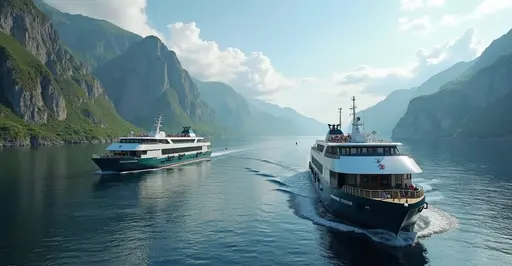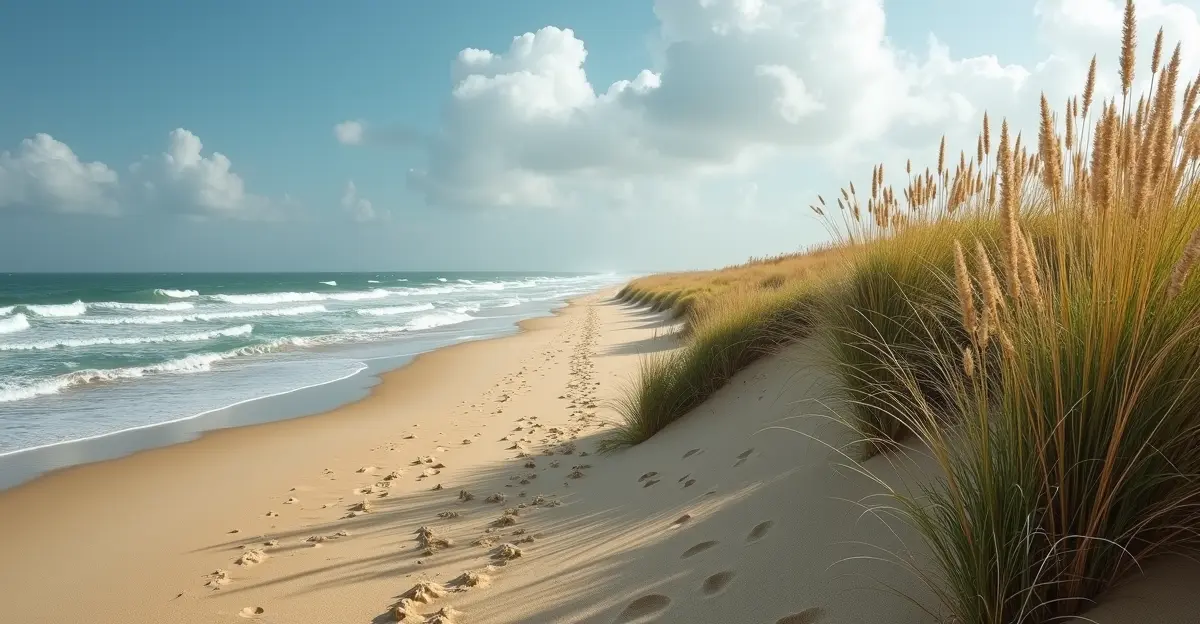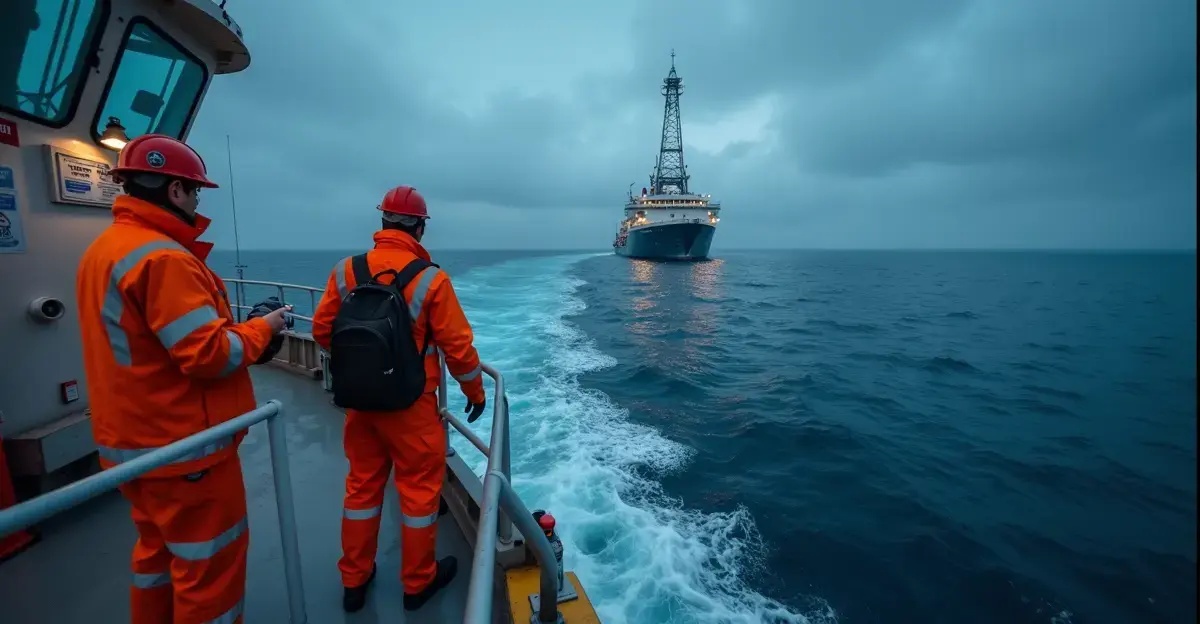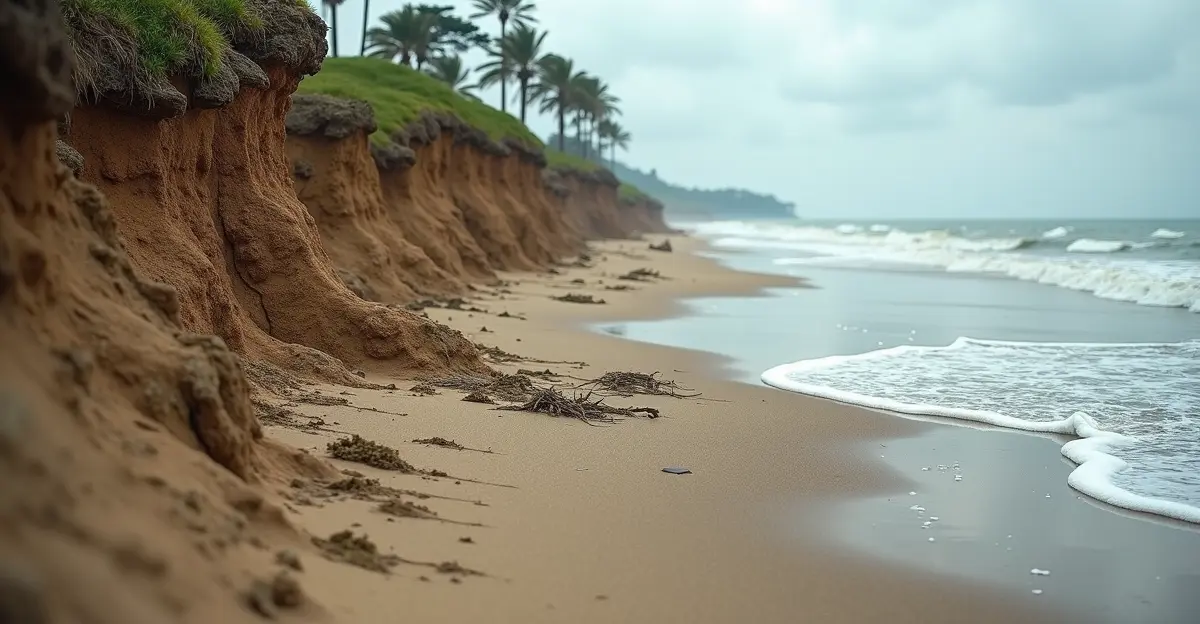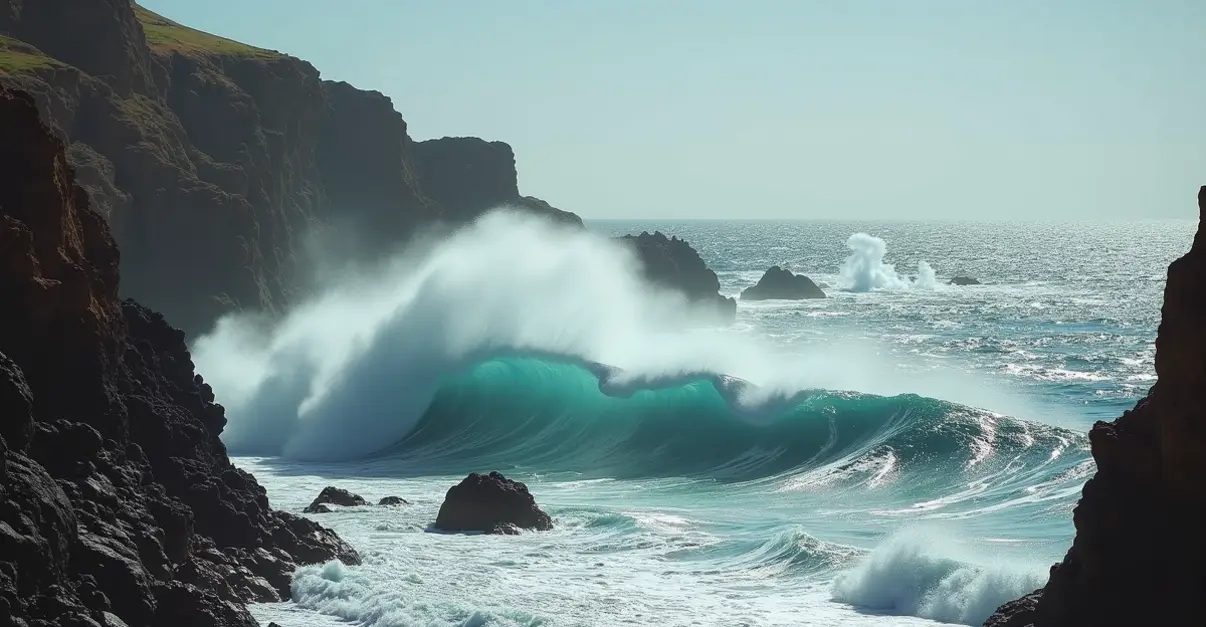Comprehensive guide to bikepacking the 7,250km EuroVelo 12 North Sea Cycle Route across six countries, covering camping regulations, weather planning, ferry crossings, and essential preparation tips for this epic coastal adventure.
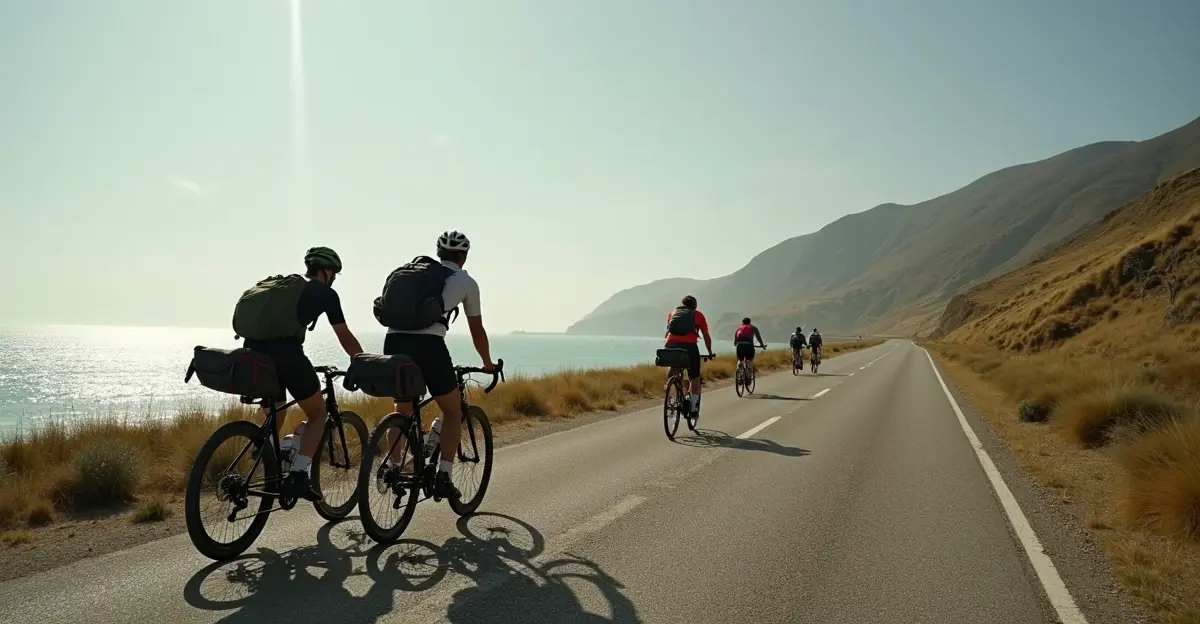
Discovering Europe's Epic Coastal Cycling Adventure
The EuroVelo 12 North Sea Cycle Route represents one of the world's most spectacular bikepacking adventures, stretching an incredible 7,250 kilometers across six countries. This epic coastal journey takes cyclists through Norway, Sweden, Denmark, Germany, the Netherlands, Belgium, and the United Kingdom, offering breathtaking scenery from dramatic Norwegian fjords to the Netherlands' picturesque beaches.
Route Highlights and Key Sections
The route begins in Bergen, Norway, where cyclists face the challenging Norwegian coastline with its deep fjords and sheer cliffs reaching up to 300 meters high. 'The Norwegian section is absolutely breathtaking but requires excellent fitness and preparation,' says experienced bikepacker Sarah Jensen, who completed the route in 2024. The journey continues through Sweden's Kattegattleden, voted Europe's Cycle Route of the Year in 2018, before crossing into Denmark's well-maintained cycling infrastructure.
Germany's Wadden Sea National Park offers unique tidal landscapes, while the Netherlands presents the fascinating contrast of land below sea level. The route passes through 18 UNESCO World Heritage sites, including Scotland's Shetland Islands, Norway's Geiranger Fjords, and Belgium's historic Bruges Canal.
Camping and Accommodation Strategy
Wild camping regulations vary significantly across the North Sea countries. Norway and Sweden maintain their traditional 'right to roam' policies, allowing responsible wild camping in most areas. However, countries like the Netherlands, Belgium, and Denmark strictly prohibit wild camping, requiring cyclists to use official campsites.
'Planning your overnight stops is crucial for this journey,' advises cycling tour operator Mark Thompson. 'In Scandinavia, you have more flexibility, but in countries like Germany and the Netherlands, you need to book campsites in advance, especially during peak season.' The route features numerous official campsites, with many located strategically along the coastal path. Apps like Park4Night provide updated information on legal camping spots and facilities.
Weather Planning and Seasonal Considerations
The North Sea's weather can be unpredictable, making proper planning essential. Summer months (June-August) offer the most favorable conditions with warmer temperatures and longer daylight hours. However, cyclists should prepare for sudden weather changes, particularly in northern sections.
'The weather can change in minutes along the Norwegian coast,' warns meteorologist Dr. Lena Schmidt. 'Cyclists need waterproof gear and should monitor forecasts regularly using reliable sources like the North Sea Weather Service.' Spring and autumn offer fewer crowds but require additional preparation for cooler temperatures and potential rain.
Essential Planning Resources
The EuroVelo 12 official website provides comprehensive route information, including downloadable GPX tracks and detailed cycling guides for each section. Ferry crossings are a crucial part of the journey, with connections between Sweden and Denmark, Norway to Denmark, and multiple crossings to the UK's Orkney and Shetland Islands.
'Don't underestimate the ferry schedules,' cautions route coordinator Maria Larsen. 'Some ferries operate only during summer months, and weather conditions can cause cancellations. Always have backup plans for your crossings.'
The route typically takes 2-3 months to complete, though many cyclists choose to tackle individual sections. Proper bike maintenance, navigation skills, and physical preparation are essential for this challenging but rewarding adventure through some of Europe's most stunning coastal landscapes.

 Nederlands
Nederlands
 English
English
 Deutsch
Deutsch
 Français
Français
 Español
Español
 Português
Português




